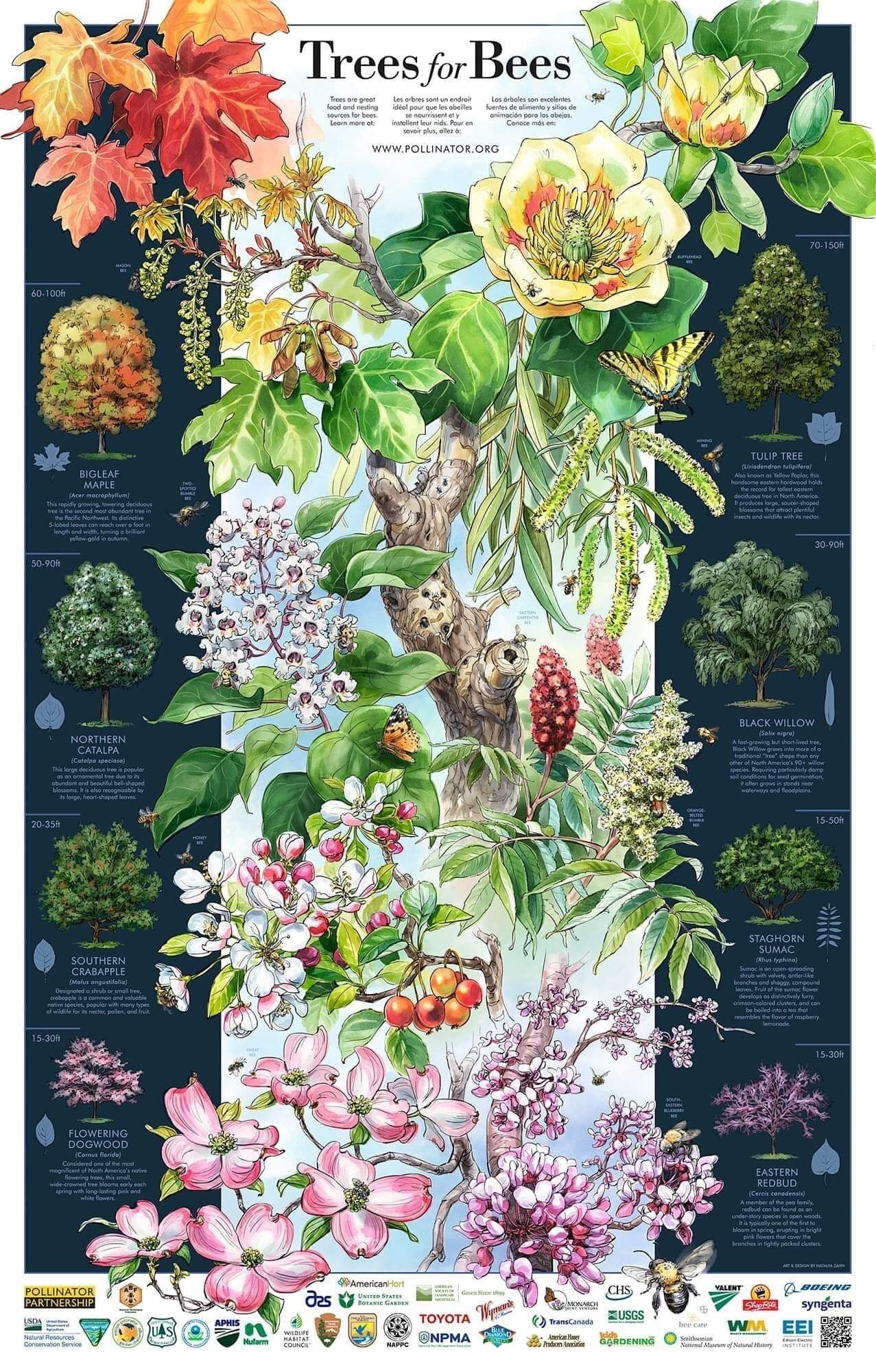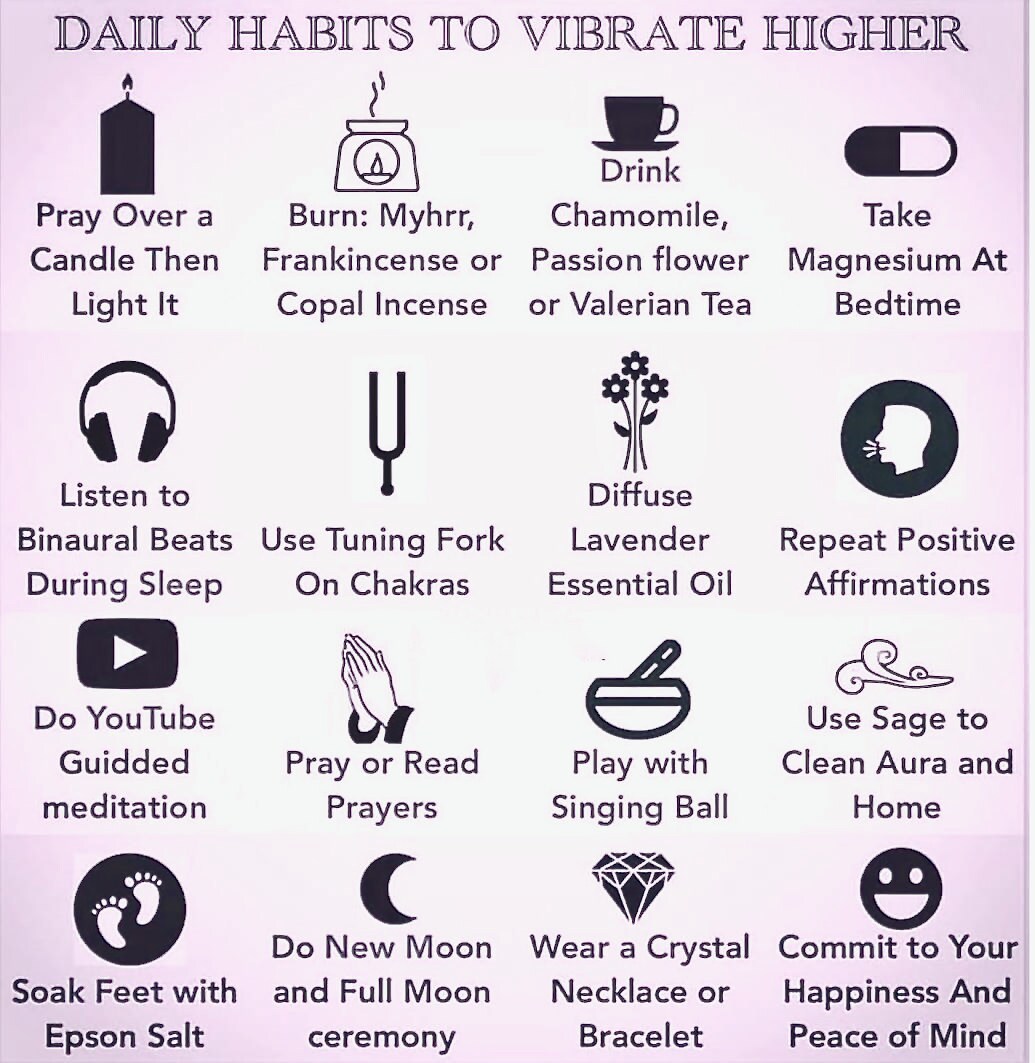-
Wed, Jun 24, 2020

You Are The One You Are Waiting For
We spend a lot of our lives looking for role models, mentors, teachers, and gurus to guide us on our path. There is nothing wrong with this and, in fact, finding the right person at the right time can really help. However, it is important to realize that in the absence of such a figure, we can very safely rely upon ourselves.
We carry within us everything we need to know to make progress on our paths to self-realization. The outer world serves as a mirror. Or to use another metaphor, our inner world has a magnetic force that draws to us what we need to evolve to the next level. All we need to do to see that we already have everything we need is to let go of our belief that we need to seek in order to find.
The path of the spirit is often defined as a journey with a goal such as the fabled pot of gold at the end of the rainbow. In this metaphor, a person begins a search for something they want but do not have and then they find it, and there is a happy ending. However, most of us know that getting what we want only makes us happy for a moment, and then the happiness passes until a new object of desire presents itself.
-
Fri, Jun 5, 2020

Resilience is the process of effectively coping with adversity—it’s about bouncing back from difficulties. The great thing about resilience is that it’s not a personality trait; it involves a way of paying attention, thinking, and behaving that anyone can learn.
World-renowned neuroscientist Richard Davidson has found evidence that mindfullness increases resilience, and the more mindfulness you practice, the more resilient your brain becomes.
The emotional soup that follows a stressful event can whip up negative stories about yourself or others that goes on and on, beyond being useful. For example, if you have an argument with your partner before leaving for work, you can end up replaying that conversation all day, which continues to proliferate anxiety or low mood far more than is necessary.
Mindfulness reduces this rumination and, if practiced regularly, changes your brain so that you’re more resilient to future stressful events.
Several key aspects of resilience:
Positive personal relationships— the MOST important factor.
The ability to make plans and take action to solve problems.
The capacity to manage difficult emotions—mindfulness is an important aspect here.
Effective communication skills.
5 ways to build resilience:
Nurture relationships. Have a range of positive, supportive connections within and outside your family. If you don’t, take steps to improve the situation. Join a club, local group, volunteer group, or an evening class.
Find meaning in difficulties. When faced with adversity, see if you can discover some positive way in which you’ve dealt with the challenge. People often report improved relationships, greater consciousness, or appreciation of life in the face of great difficulties.
-
Wed, Mar 18, 2020

There was a time where women stood together in a bond of sisterhood, women supporting women.
As women embrace the fullness of who they are as individuals, they may find themselves supporting other women, helping others to reach the level of inner comfort and outer freedom that they themselves have found. Among those who are less sure of themselves and their place in the world, it may be more common to criticize other women than to seek their help.
We all recognize that we have much to learn from each other regardless of gender, but sometimes we could use a supportive role model that gives us a more precise example of what and who we can become.
There was a time where women stood together in a bond of sisterhood, women supporting women. It is only natural that the pendulum swings out of balance for a while so that we may have the experience of what we do not want. It is up to women to bring the pendulum back into balance and bring back the sacred sisterhood we yearn for at our core.
If we envision a world where women support each other and help each other find their place in an ever-changing world, then we can become the change we want to see. Jealousy, envy, criticism, and judgment are refuges for the insecure.
As we help others to become self-assured, we create a world in which all people help each other, regardless of gender. Only women can make the change in how women are seen and understood, not just by other women but by the world at large.
The way we speak about each other to other women and to the men in our lives informs everyone to treat us with the respect that all women, and all people, deserve.
-
Mon, Mar 9, 2020

Help yourself stay healthy with these six immune-boosting strategies!
Choose Immune-Boosting Herbs
A variety of herbs can help your immune system fight off illness. Try using these as tea, as a tasty addition to your meals, or in tincture or supplement form.
Garlic doubles as an antibacterial and immune booster.
Ginger promotes healthy lung function and may help reduce cholesterol.
Turmeric helps protect the liver and adrenal glands from toxins and inflammation.
Sage helps cleanse mucus from the respiratory tract and alleviates nasty coughs.
Panax ginseng* contains powerful antioxidant and anti-inflammatory properties.
Echinacea tea* helps fight off upper respiratory tract infections, including cold and flu viruses.
*always check with your physician first if you are undergoing treatment with immuno-modulating prescriptions or infusions.
Do Your Best to Reduce Stress
Stress weakens your body’s ability to fight off infections. Psychological stress in particular has been shown to compromise immune function.
You can reduce your stress levels through exercises such as walking, jogging, yoga and pilates.
Incorporate meditation and deep-breathing exercises into your day to flush out stress. Music can also be a powerful stress-relieving tool. Learn to let the little things go, and treat yourself to a nice meal or relaxing bath to help unwind.
Aim for 7-8 Hours of Sleep
Sleep allows the body to repair itself, heal wounds, regulate hormones and refresh the mind. Inadequate or poor-quality sleep weakens the immune system and invites colds, flu and infections.
To promote healthy sleep, avoid eating or exercising too close to bedtime. Keep your bedroom well-ventilated, and go to bed around the same time every day.
Other pre-sleep rituals that may help include reading a book, misting a calming essential oil on your pillow, such as this French Lavender Room & Linen Spray or try playing ambient noise – especially if you live in a noisy area.
-
Sun, Mar 1, 2020

-
Wed, Feb 5, 2020

When it comes to our skin care and personal products, it seems the list of ingredients to avoid grows longer by the minute— but that’s only because experts and consumers alike are wising up to the impact of some ingredient labels.
-----
Meet the Toxic 20!
Consider the your ultimate cheat sheet on ingredients to avoid
Formaldehyde. Despite decades of research that classifies formaldehyde as a known carcinoge, it’s still a fairly common ingredient in hair straightening products, nail polish, eyelash glue, etc. Thankfully, some retailers (including Whole Foods, CVS, and Target) are starting to ban products that contain formaldehyde from their shelves. But there’s a catch!
While formaldehyde has become a well-known toxic ingredient to avoid, many don’t know about the lesser known ingredients that release formaldehyde formulated into some cosmetics.
In other words, while it’s unlikely that you’ll actually see the word “formaldehyde” on an ingredient label, it may sneak onto on your product label under a totally different name.
Formaldehyde releasers. Bronopol, DMDM hydantoin, diazolidinyl urea, imidazolidinyl urea, and quaternium-15 are cosmetic preservatives that slowly form formaldehyde. Steer clear of these!
Synthetic fragrances. Heads-up! When an ingredient label simply says “fragrance” or "parfum" it’s usually an umbrella term for hundreds of chemicals brands aren’t required by law to disclose. Crazy! This makes it a lot harder for consumers to discern what’s hazardous and what isn't.
Phtalates. One such sneaky compound hiding under the “fragrance” umbrella - phtalates. They're used to help perfume stick to skin, as well as eyelash adhesive and nail polish. That’s bad news, because phtalates ar pretty significant endocrine disruptors. In some cases they facilitate early puberty in girls and boys, and reduced sperm count in men.
Parabens. Butyl, propyl and ethyl parabens are also linked to hormone disruption. They're preservatives found in a variety
-
Thu, Jan 30, 2020

There is a plethora of nature in every neighborhood, one only needs to become still to see.
Because both cities and tightly packed suburbs offer wildlife bountiful nooks and crannies in which to hide, it can be difficult to spot the animals that live in our midst. Many thrive among paved streets, sidewalks, buildings, parking lots, and high-rises. There are animals in abundance burrowing in the soil of center medians and tiny backyard gardens, making nests in the trees that line broad and busy avenues, and buzzing round the flowers that beautify our parks.
To find these creatures, we only need to stop, look, and listen. Nature's drama is continually playing out on the window ledges where weary birds stop to roost, in the shadowy places where cautious nocturnal mammals wait for night's mantel to fall, and the fountains where playful waterfowl splash and frolic. In observing the animals that share our habitat, we become a part of their beautiful, complex, and exciting world.
Season by season, cities offer diverse ecosystems for you to explore. If your search for urban and suburban wildlife is challenging, try to look at your community with an animal's eyes. Where there are shrubs and flowers, insects such as butterflies, ladybugs, beetles, and spiders can usually be found. The insects, in turn, attract the birds who feast upon them.
Even the smallest green spaces are hosts to squirrels, rabbits, chipmunks, and moles. Decorative awnings offer falcons a place to raise their young. At night, a different community of animals wakens to the world. Raccoons, skunks, and possums emerge to examine our human leftovers for edibles. Even pets feel the call of the wild--it's not uncommon for well-fed cats in colorful collars to stalk the streets in search of prey. Signs of habitation, like nests or hives, and audible evidence, like chirps, will help you find them.
-
Mon, Jan 13, 2020

Why not incorporate a few of these simple habits into your self care routine and vibe higher in 2020! Happy New Year.
-
Tue, Nov 26, 2019

Follow these tips to keep animals safe and comfortable in the cold
In many areas, winter is a season of bitter cold and numbing wetness. Makes sure your four-footed family member stay safe and warm by following these simple guidelines!
Keep Pets Sheltered
Keep your pets inside with you and your family. Dogs are happiest when taken out frequently for walks and exercise but inside the remainder of the time. Don’t leave pets outdoors when the temperature drops.
Bundle Up, Wipe Down
No matter what the temperature is, windchill can threaten a pet’s life. Exposed skin on noses, ears and paw pads are at risk for frostbite and hypothermia during cold snaps. Small and short hair dogs often feel more comfortable wearing a sweater even during short walks.
Rock salt and other chemicals used to melt snow and ice can irritate the pads of your pet’s feet. Wipe all paws with a damp towel.
Dogs are at a particular risk of salt poisoning in winter due to the rock salt used in many areas- often when licking it from their paws after a walk. Store de-icing salt in a safe place and always wipe paws after walks.
A product like Meadowlark Botanical’s Organic Paw Balm can be applied to paws and noses prior to and after walks to protect and heal.
Remove Common Poisons
Antifreeze is a deadly poison. Wipe up any antifreeze spills immediately and store it out of reach. Coolants and antifreeze with propylene glycol are less toxic to pets, wildlife and family.
Protect Outdoor Animals
If there are outdoor cats, either owned or community cats in your area, remember they need protection from the elements as well as food and water. Its easy to give them a hand. You can make a cat shelter quickly and easily with a plastic tub and old towels or blankets.
-
Thu, Nov 14, 2019

Throughout our lives, we are taught to value speed and getting things done quickly. We learn that doing is more valuable than merely being, and that making the most of life is a matter of forging ahead at a hurried pace. Yet as we lurch forward in search of some elusive sense of fulfillment, we find ourselves feeling increasingly harried and disconnected. More importantly, we fail to notice the simple beauty of living.
When we learn to slow down, we rediscover the significance of seemingly inconsequential aspects of life. Mealtimes become meditative celebrations of nourishment. A job well-done becomes a source of profound pleasure, no matter what the nature of our labors. In essence, we give ourselves the gift of time--time to indulge our curiosity, to enjoy the moment, to appreciate worldly wonders, to sit and think, to connect with others, and to explore our inner landscapes more fully.
A life savored slowly need not be passive, inefficient, or slothful. Conducting ourselves at a slower pace enables us to be selective in how we spend our time and to fully appreciate each passing moment. Slowness can even be a boon in situations that seem to demand haste. When we pace ourselves for even a few moments as we address urgent matters, we can center ourselves before moving ahead with our plans.
Embracing simplicity allows us to gradually purge from our lives those commitments and activities that do not benefit us in some way. The extra time we consequently gain can seem like vast, empty stretches of wasted potential. But as we learn to slow down, we soon realize that eliminating unnecessary rapidity from our experiences allows us to fill that time in a constructive, fulfilling, and agreeable way. We can relish our morning rituals, linger over quality time with loved ones, immerse ourselves wholeheartedly in our work, and take advantage of opportunities to nurture ourselves every single day.
 You Are The One You Are Waiting For
You Are The One You Are Waiting For Resilience is the process of effectively coping with adversity—it’s about bouncing back from difficulties. The great thing about resilience is that it’s not a personality trait; it involves a way of paying attention, thinking, and behaving that anyone can learn.
Resilience is the process of effectively coping with adversity—it’s about bouncing back from difficulties. The great thing about resilience is that it’s not a personality trait; it involves a way of paying attention, thinking, and behaving that anyone can learn. There was a time where women stood together in a bond of sisterhood, women supporting women.
There was a time where women stood together in a bond of sisterhood, women supporting women. Help yourself stay healthy with these six immune-boosting strategies!
Help yourself stay healthy with these six immune-boosting strategies!
 When it comes to our skin care and personal products, it seems the list of ingredients to avoid grows longer by the minute— but that’s only because experts and consumers alike are wising up to the impact of some ingredient labels.
When it comes to our skin care and personal products, it seems the list of ingredients to avoid grows longer by the minute— but that’s only because experts and consumers alike are wising up to the impact of some ingredient labels. There is a plethora of nature in every neighborhood, one only needs to become still to see.
There is a plethora of nature in every neighborhood, one only needs to become still to see. Why not incorporate a few of these simple habits into your self care routine and vibe higher in 2020! Happy New Year.
Why not incorporate a few of these simple habits into your self care routine and vibe higher in 2020! Happy New Year. Follow these tips to keep animals safe and comfortable in the cold
Follow these tips to keep animals safe and comfortable in the cold Throughout our lives, we are taught to value speed and getting things done quickly. We learn that doing is more valuable than merely being, and that making the most of life is a matter of forging ahead at a hurried pace. Yet as we lurch forward in search of some elusive sense of fulfillment, we find ourselves feeling increasingly harried and disconnected. More importantly, we fail to notice the simple beauty of living.
Throughout our lives, we are taught to value speed and getting things done quickly. We learn that doing is more valuable than merely being, and that making the most of life is a matter of forging ahead at a hurried pace. Yet as we lurch forward in search of some elusive sense of fulfillment, we find ourselves feeling increasingly harried and disconnected. More importantly, we fail to notice the simple beauty of living.